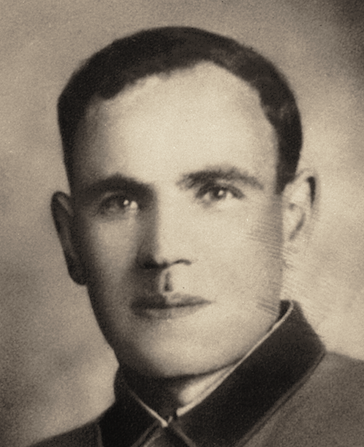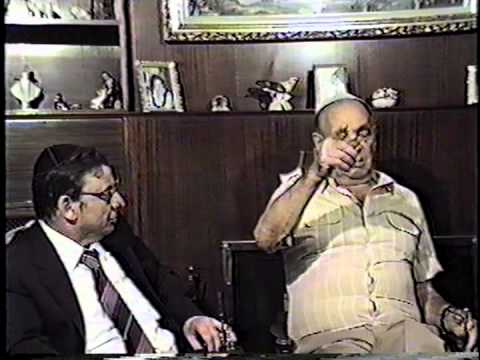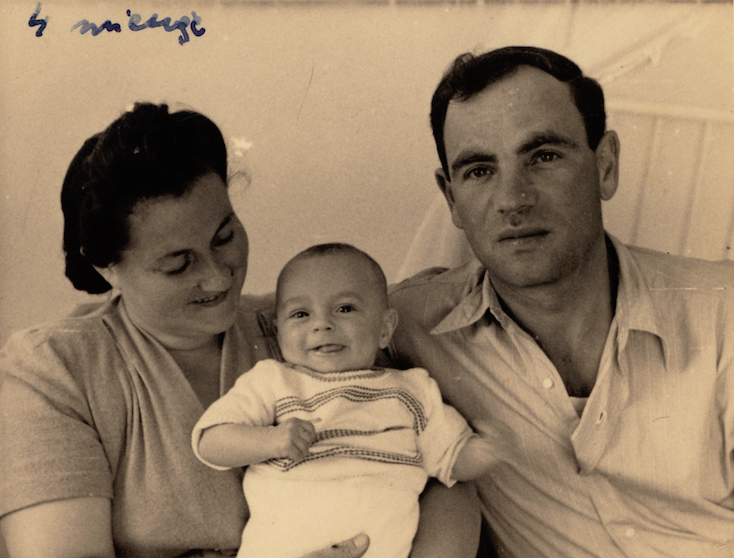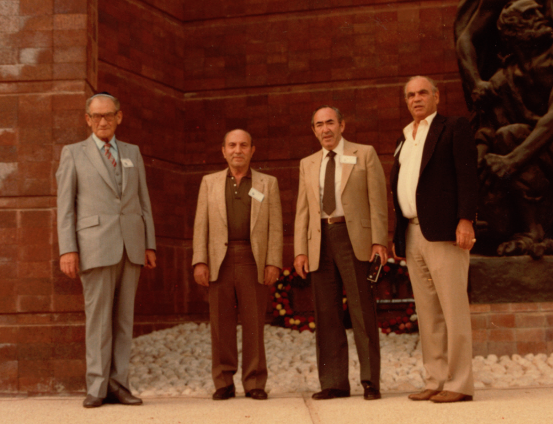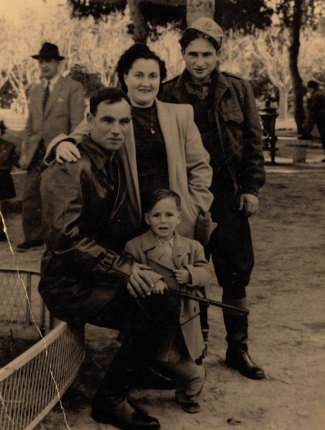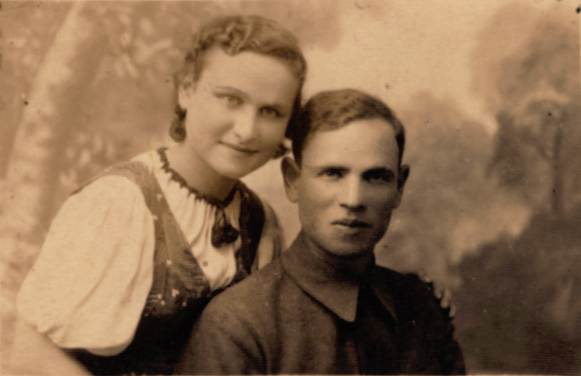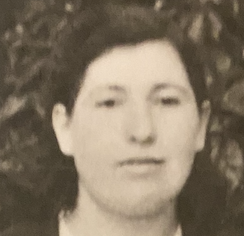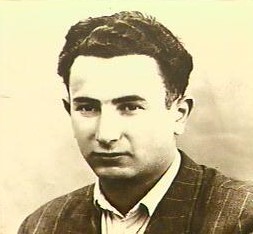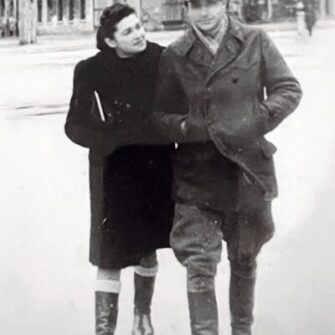Alexander Zeisal “Zus” Bielski was born into the only Polish Jewish family in Stankiewicze. The small village in Eastern Poland (now Western Belarus) was located between towns of Lida and Novogrudok, both of which housed Jewish ghettos during World War II. The son of David and Beila Bielski, he had 9 bothers and 2 sisters
When the Germans invaded the Soviet Union in June 1941 (Operation Barbarossa), Zus and two of his older brothers, Tuvia and Azael were called up by their army units to fight against the Nazi German occupiers. Chaos abounded and when the army units disbanded, the men returned to Stankiewicze. The following month, the German army occupied the town and forced the area’s Jewish residents into the Aktion ghetto in Novogrudok. Zus, Tuvia, Asael, and younger brother Aron, fled to the nearby forest but their parents, and other family members, including Zus’ wife Cyrl Borowski and infant daughter were murdered by the Nazis.
Upon learning of the deaths of their families members, the brothers formed the famous all Jewish partisan Bielski Brigade. Tuvia, as commander of the Bielski Brigade, put Zus in charge of intelligence. One of his first military acts was raiding the home of a Belorussian policeman know for collaborating with the Nazis. As a military leader of the brigade, Zus engaged in armed combat against the Nazis and their collaborators, frequently fighting along side Russian partisans. Eventually there were 300 fighters among the Bielski Brigade and they carried out non-stop guerrilla warfare against the Nazis, often using captured German weapons to ambush German patrols, derailed troop trains, and blow up bridges. While there were other bands of resistance fighters operating in the Naliboki forest, the Bielski Brigade was one of the largest and most successful.
During the summer of 1943, the Germans launched a raid of the forest and killed many partisans during this offensive. The Bielski group was forced to continuously move to avoid detection. Once the hunt was over, Zus and 80 armed Bielski fighters followed the retreating Germans. When the Red Army reorganized the partisan groups in the area, Zus and more than 100 armed Bielski fighters were transferred to the Ordzonikidze unit. Zus was the only Jew elevated to a leadership position, becoming head of reconnaissance. From the front lines, Zus was able to provide important intelligence and advice to his brothers and the rest of the Bielski Brigade.
Amidst the fighting, Zus once again found love when he met Sonia Boldo, who had been rescued from the Novogrudok ghetto and joined the Bielski Brigade. In later years Sonia recalled seeing Zus for the first time – a tall, powerfully built man glistening with a brass filled bandolier. He was shining, she said. They were immediately smitten with one another but before any romance happened, Zus, the legendary resistance leader was met with another form of Jewish resistance. Sonia recalled that she refused to be with him without entering into a contract. Her terms – Zus must rescue her parents from the Novogrudok ghetto and then she would be with him. Zus kept his bargain and within four days, Sonia’s parents were delivered to the relative safety of the Bielski encampment. Sonia and Zus were married in the forest.
After the war, Zus and Sonia initially moved to Israel where they had three sons, Yakov (Jay), David and Zvi. In 1956 they immigrated to the United States, settling in New York. He and Tuvia owned a large fleet of taxi cabs and a trucking company. Zus and Sonia had six grandchildren, two of whom served in the Israeli Defense Forces as did their son Zvi (z”l). Yakov also volunteered with the IDF during the Yom Kippur War.
Together with his brothers, Zus Bielski is responsible for saving more than 1,200 Jews from annihilation during the Holocaust. Today their descendants number more than 15,000 and span more than 4 generations.

